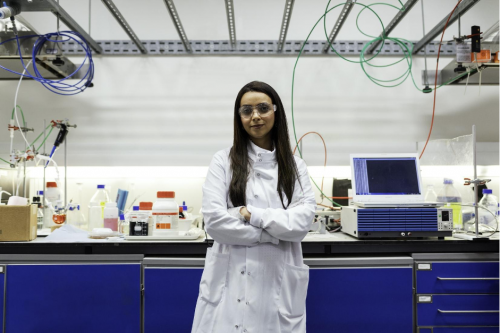
The growth of engineering fields has been happening at rapid speeds thanks, in part, to advancements in technology. Engineering is about finding solutions to problems. It has been used to cross rivers with bridges, fly people into the sky, and build homes and skyscrapers. Technology is often used to help solve these engineering problems. The field of engineering has expanded into biotechnology, chemistry, production, and so much more.
As technology continues to grow to include advanced robotics, more intelligent AI, and even nanobots, the engineering applications expand as well. 3D printing technology for instance has allowed for the creation of 3D printed homes. Houses made of cement and other materials can now be more easily constructed using software programs and robotic arms that direct the pour of the materials. These materials can be taken into areas where disaster has hit to make homes more quickly. This means that people will be able to get out of tents and back into a normal lifestyle. Where prior technology required homes to be built using hand-cut timber, engineering now allows for the automation of many of these processes.
The scale-up in chemical engineering used to require a lot of complex math and trial and error without knowing if the solution would even turn into what was needed in an adequate amount of time. Technology can now predict how this will work. Instead of needing to waste materials trying to figure out the right blend, predictive models can give very accurate results. The technology is ensuring that prototypes can be made more quickly and that there is less waste of time and materials.
Biomedical Applications
In biological sciences, there are incredible advancements that will one day save lives. From genetic engineering to using nanotechnology to repair internal damage, technology and engineering are solving complex problems that were never before thought possible. Stem cell research continues to make more therapies possible. Additionally, recent studies are showing the possibility of transplanting spine tissue to enable paralyzed people to walk again. Not only can they engineer the tissue using a person’s belly fat, but they can also use it to renew what was damaged.
The time is coming when these engineering and technological advances will make it possible to even transplant a head on a new body. The outcomes of this type of technology would mean better quality of life for people who have major trauma and are wheelchair-bound. Even nerve regeneration isn’t far in the future for people who have nerve damage throughout their bodies.
Genetic Testing
Getting a genetic test now only costs a few hundred dollars instead of thousands. You can literally send in a sample and get results back in weeks thanks to advances in technology. These tests can help you discover anything from whether you carry a cancer gene to what your ethnic heritage really looks like. Technology then allows you to see these results from the comfort of your home. You can use them as interesting information or bring them to your doctor to plan for your future health. Your health data is within your control, where it should be.
By engineering a system that compiles all the data to present them in a user-friendly way, and leveraging biotechnology to analyze your genetics in the first place, these tests have huge implications for healthcare delivery. Additionally, for people who were adopted, these tests can reveal their health markers and health history without needing to ask family members. In some cases, they might also reveal relatives that they’ve never connected with.
Surgical Advances
Old surgery practices require a doctor’s steady hand. If there was even a tiny slip, it could mean the difference between life and death. With robotics being introduced into the operating room, there is less opportunity for human error. This technology and engineering feat means that the precision of surgical cuts is greatly improved. Human-guided robotics allows for the best of both worlds. On the one hand, you get the wisdom and insight of the doctor, and you get the exact cuts using the robot.
Technology, in this case, means that the engineering becomes more precise and that leads to better healthcare outcomes. It may also be able to reduce the length of surgical procedures which can also reduce the costs of delivering healthcare.
Interesting Related Article: “Engineers develop patch that can cool or heat a user’s skin on-the-go”

